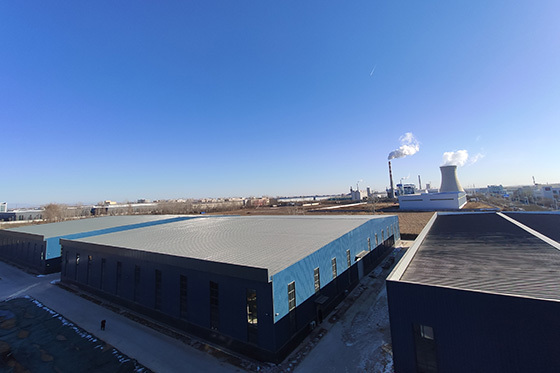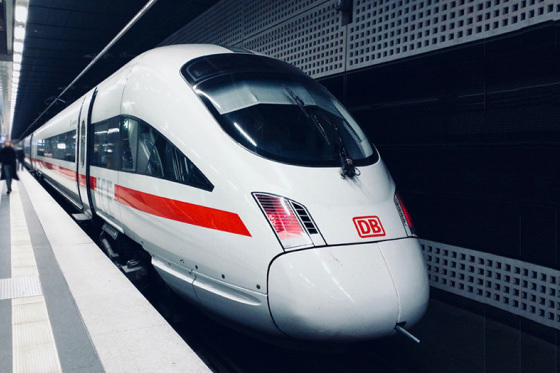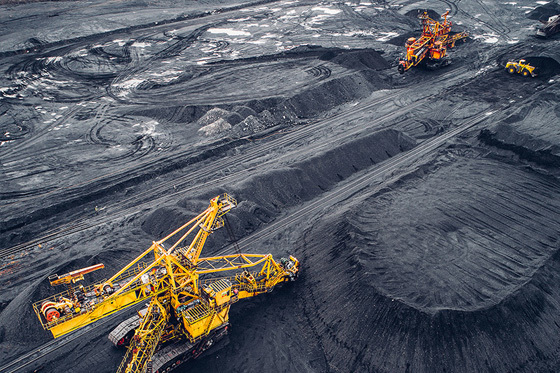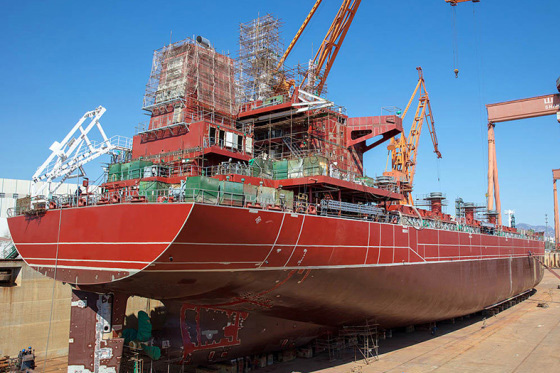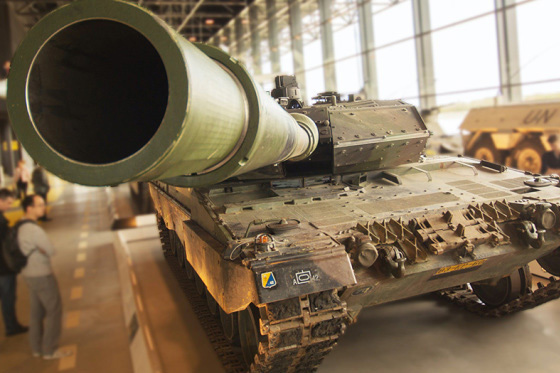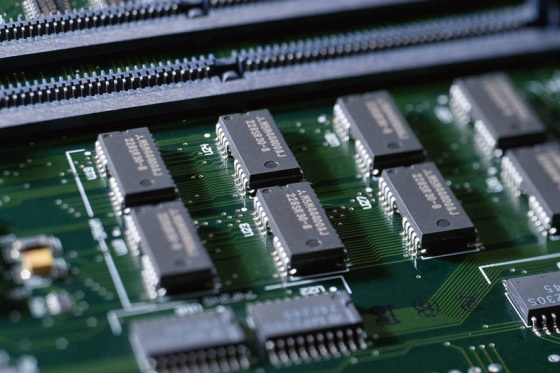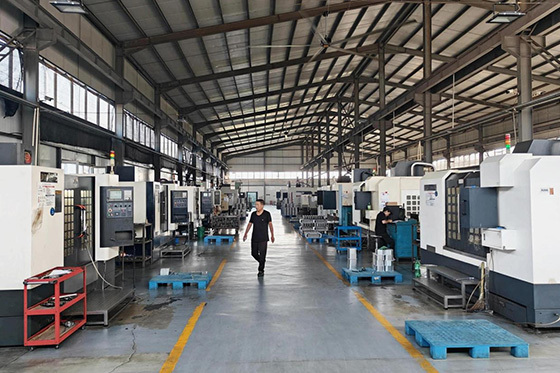Mechanical processing production steps: a complete process from raw materials to finished products
Release time:
Mar 28,2024
Machining is a process that changes the shape and size of a workpiece by removing excess material. In modern manufacturing, machining is widely used in various fields, such as automobile manufacturing, aerospace, electronics and so on. The following details the production process of machining. The mechanical processing production step is a complete process, from raw material preparation to subsequent processing, every link directly affects the quality and performance of the product.
Machining is a process that changes the shape and size of a workpiece by removing excess material. In modern manufacturing, machining is widely used in various fields, such as automobile manufacturing, aerospace, electronics and so on. The following details the production process of machining.
The mechanical processing production step is a complete process, from raw material preparation to subsequent processing, every link directly affects the quality and performance of the product.
I. Preparation of Raw Materials
The first step in machining is to prepare the raw materials. The selection of raw materials should be carried out according to the requirements and characteristics of the product. Generally, factors such as the mechanical properties, corrosion resistance, and processing properties of the material need to be considered. After the raw materials are prepared, the materials need to be pretreated, such as cleaning, deburring, etc., to ensure the smooth progress of the processing process.
II. Process Design
Process design is the key link of mechanical processing production, which determines the efficiency and accuracy of the whole processing process. Process design needs to consider many factors, such as the shape and size of the workpiece, the nature of the material, and the requirements of machining accuracy. When designing the process, it is necessary to select the appropriate processing method, cutting parameters and process route according to the actual situation.
III. Workpiece clamping
Workpiece clamping is an important part of the machining process, which directly affects the machining accuracy and efficiency. The purpose of workpiece clamping is to fix the workpiece on the machine tool to ensure the stability and accuracy of the machining process. When clamping the workpiece, it is necessary to select the appropriate fixture and clamping method according to the shape and size of the workpiece to ensure the positioning accuracy and stability of the workpiece.
4. cutting
Cutting is the core of machining, which removes excess material through the relative movement of the tool and the workpiece to achieve the desired shape and size. There are many ways of cutting, such as turning, milling, drilling, grinding and so on. When choosing a cutting method, many factors need to be considered according to the actual situation, such as workpiece material, shape and size, machining accuracy requirements, etc.
5. Inspection and Quality Control
Testing and quality control is also an important part of the machining process, which directly affects the quality and performance of the product. In the inspection and quality control link, it is necessary to use various measuring instruments to detect and measure the workpiece to ensure that the size and shape of the workpiece meet the design requirements. At the same time, it is also necessary to analyze and deal with the quality problems in the processing process to ensure the quality and performance of the product.
VI. Subsequent Treatment
Subsequent treatment is the last link in the production process of mechanical processing, which includes cleaning, deburring, heat treatment and other operations. The purpose of subsequent processing is to further improve the quality and performance of the product to meet the requirements of use. In the subsequent processing process, it is necessary to select appropriate processing methods and equipment according to the actual situation to ensure the processing effect and quality.
In short, the machining production step is a complete process, from raw material preparation to subsequent processing, every link directly affects the quality and performance of the product. In the actual production process, it is necessary to operate in strict accordance with the process requirements and operating procedures to ensure the stability and accuracy of the processing process. At the same time, it is necessary to continuously study and explore new processing methods and process routes to improve production efficiency and quality and meet changing market needs.
Key words:
Popular Info






